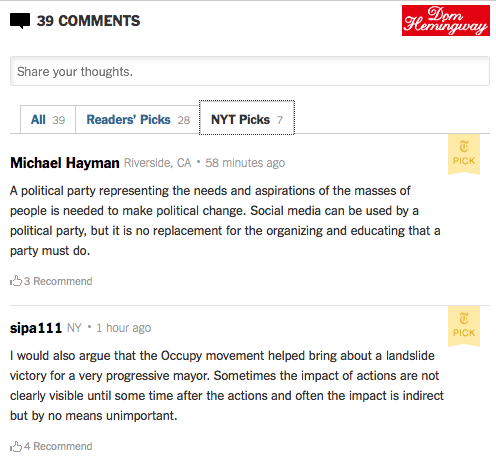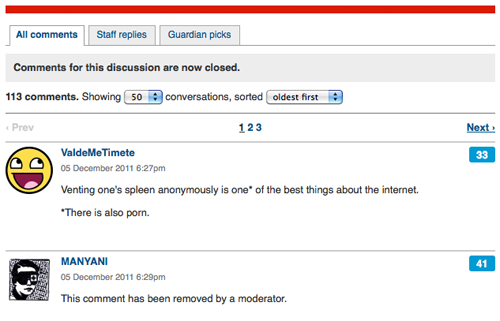Unfortunately, website managers will sometimes “comp” wireframing for their clients, hoping (and praying) the contract gets signed following this initial phase. They shouldn’t. Wireframing requires website managers to charge the client an up-front fee before the final graphic designs and coding begins. A client is often reticent to pay for this wireframing because it’s far from a finished product, merely the specification for the final product.
The wireframe is the draft of the website, allowing the website manager to define the infrastructure for presenting content and functionality within a hierarchy that will ensure users can easily find the information that’s most important on the final website. Architects do a similar thing when they create a building, drafting and then producing a blueprint that will lead to their creation. Likewise, website managers create screenshots from wireframes. Our clients need to be educated on the importance of this draft for their website construction, and that this crucial part of the process is portable and patentable. It’s not a stretch to call a good wireframe the secret formula to a successful website.
For this reason it’s crucial that you communicate all the steps involved with building a website before any work begins. Wireframing may be a single component in what goes into building a successful website, but it’s the most important one.
WIREFRAMING IS THE SECOND – AND MOST IMPORTANT – STEP TO BUILDING A SOLID WEBSITE:
- Website Analysis and Conceptualization
Using a spreadsheet, list all the aspects of the website that will need to be available, including what information will be available on the website, what functionality will need to exist and how the website will be supported by various departments from technical, marketing, communications, legal and customer servicing personnel. Existing or proposed naming and branding (i.e., colors, logos, fonts, backgrounds, borders) are also listed within this section. The technical infrastructure is documented for the website, including server allocation, DNS planning, coding tools and technology (i.e., HTML, PHP, Javascript, etc.), database requirements, and third-party modules and content management systems (i.e., Word Press, eCommerce, Merchant Accounts, etc.). Establish a release schedule and timeline for implementation, including feedback windows and disclaimers on roadblocks that could present themselves during the final roll out. Allow 2 week for this process to be completed.- Wireframing
Before proceeding with wireframing, the client should sign a contract covering this expense. Wireframing is where the website manager drafts workflow showing how the website will function. Navigational trees and flow charts dominate wireframing methodology in addition to the visual layout for where information will appear on each page, important information prioritized on top, front a center. Keep in mind there is no branding within this phase, only the skeleton for how the website will act, including sales funnels, transactions, information transfer and customer conversion. Allow 2-4 weeks for this process to be completed.- Design Screenshots (optional)
Once the client understands and signs off that all aspects of the wireframe are correct, the design process can begin. A good wireframe often negates the need for screenshots. But screenshots are helpful blueprints based on the drafts, screenshots that come close to representing the final look and feel for branding, navigation and the visual synthesis. Most website managers use Photoshop or Illustrator for these. If existing templates are being utilized, the customization of these templates will be done and presented to the client for approval. Screenshots often make it easier to receive legal and compliance sign-off for the entire project put forth. Allow 1 week for this process to be completed.- Infrastructure Implementation
New websites are always built on testing servers that can later be published. Beta websites should be password secured and not available to the public, both for legal and proprietary reasons. Subcontractors are hired and servers leased to begin this implementation. Here is the final step before the actual construction of the website begins. Allow 1 week for this process to be completed.- Construction of Website
Coding and construction based on previous plans. Unless a phased approach is used, do not give a “sneak peak” to the client. Allow 1-2 weeks for this process to be completed.- Tendering and Negotiations
Your duty as the manager is to stick to the agreed timeline for the client that includes what they can expect to see in the course of the building phase. Website managers should be prepared to broker and schedule domain name changes, establish mirror servers, coordinate release schedules and activate credit card merchant accounts. Once delivered, the website manager will revise the website according to original revision agreements (make sure they are there!), charging additional fees when revisions exceed specifications.
For more information on wireframing, Winnie Lim has outlined a “Beginner’s Guide” that also suggests various methods for coming up with your own process.







